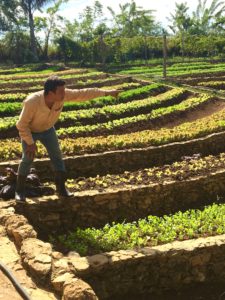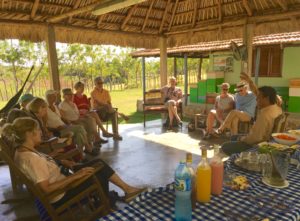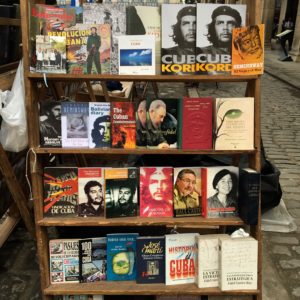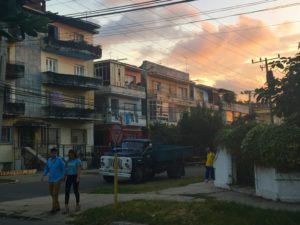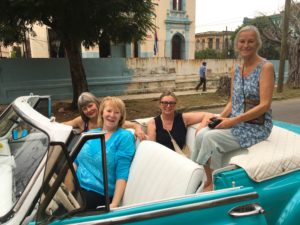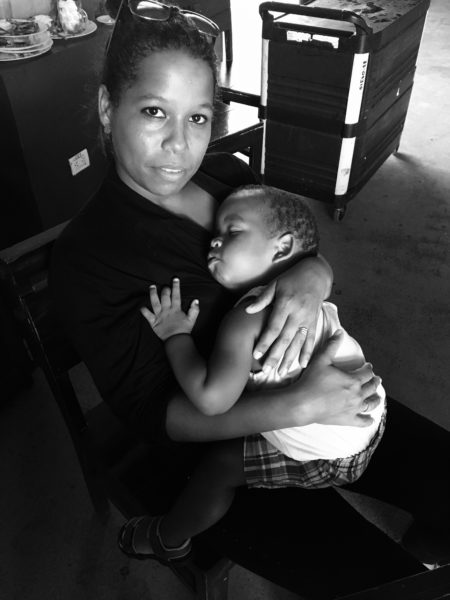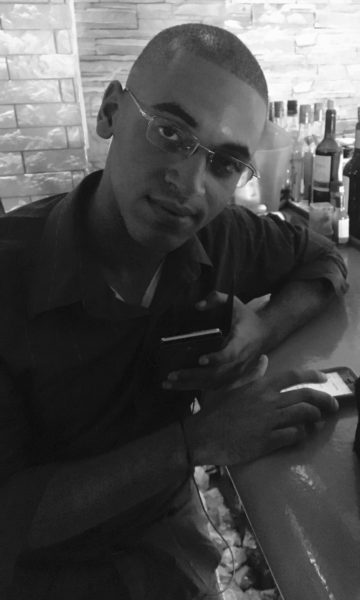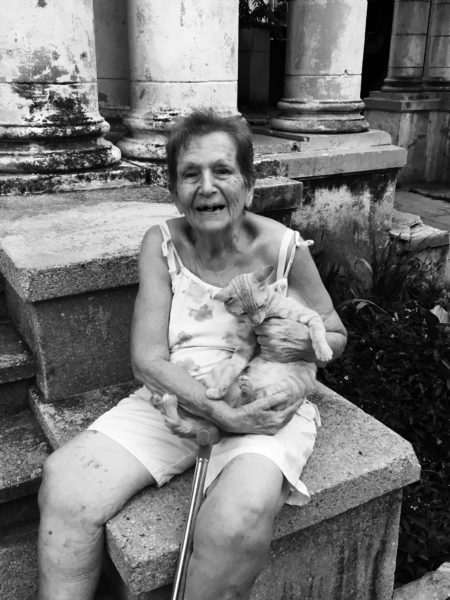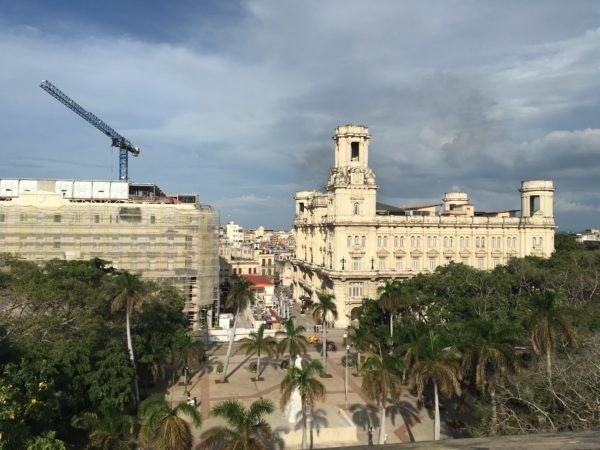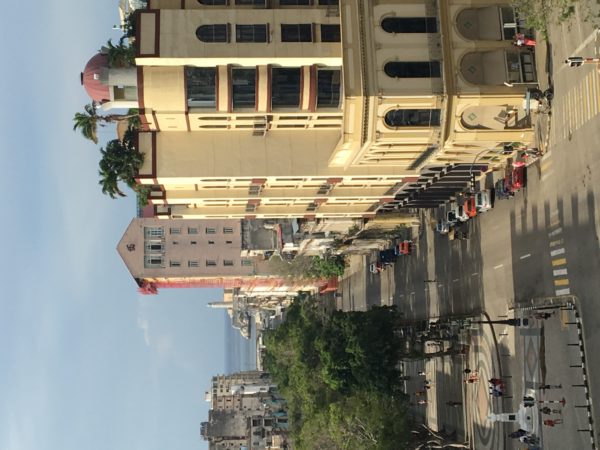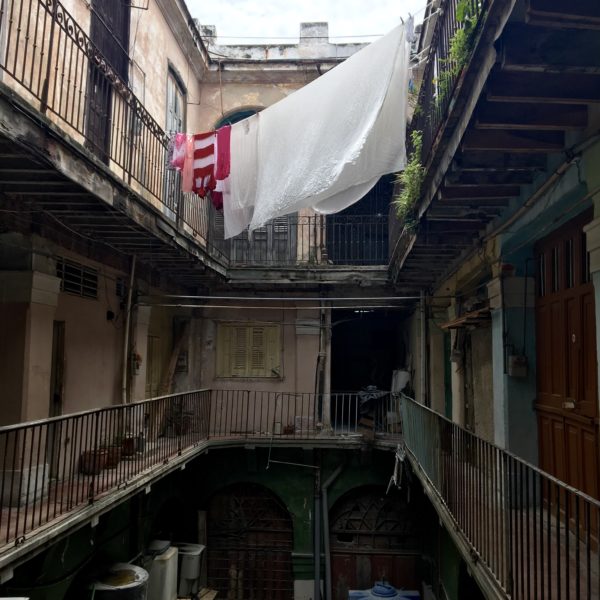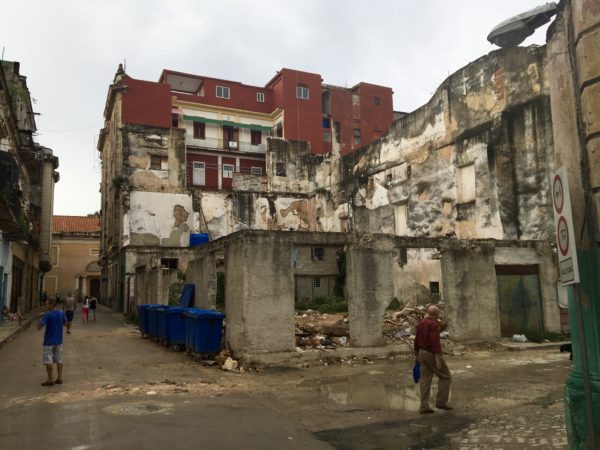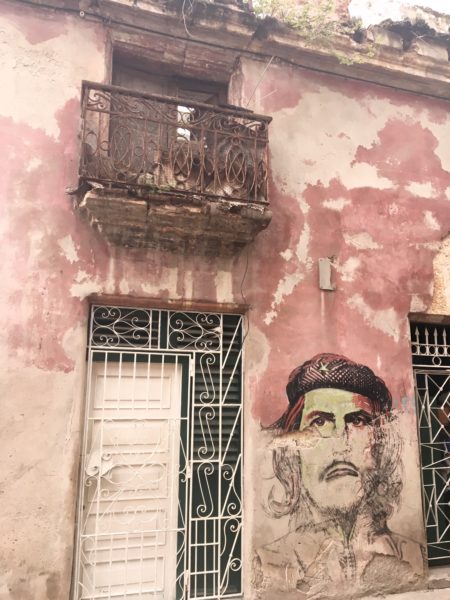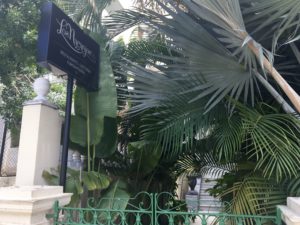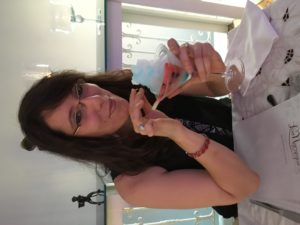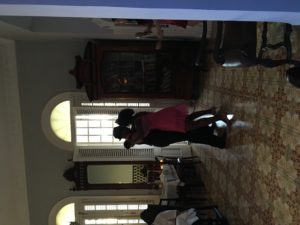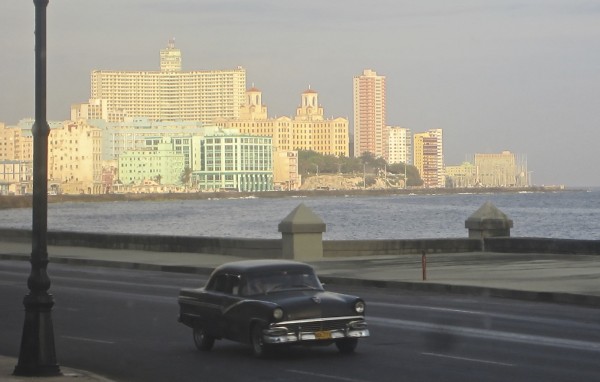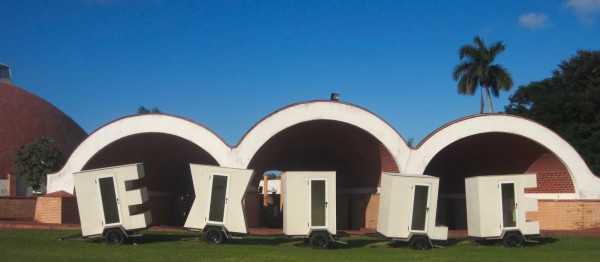Continued from previous post on Finca Marta, Part I
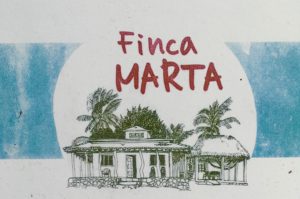
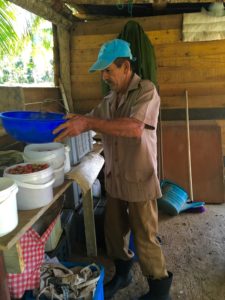
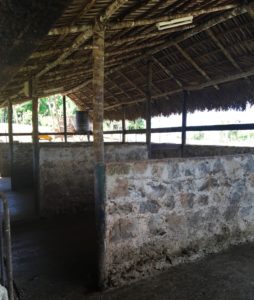
Fernando’s vision is broad, sincere and actually working: “I want to demonstrate that’s it’s possible to improve rural life and expand opportunities for the workers. There are lots of farms; many led by professionals – academic agricology projects, organic farms on a bigger scale – but we need the involvement of many more people in the process and the social commitment to invest and put in place new models and systems that have an impact in the market to activate rural economy. We cannot count on governments, institutions and philanthropy… we must build systems on logic of the systems and markets.”
While his ideas of capacity building among farmers as stakeholders, job creation and well-paid workers, diversification and wise land use are modeled at Finca Marta, he acknowledges that all this requires money. And therein lies the rub… or, in this case, the honey.
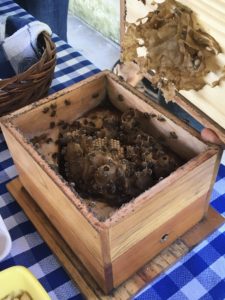
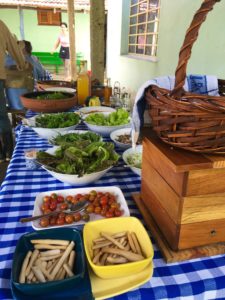
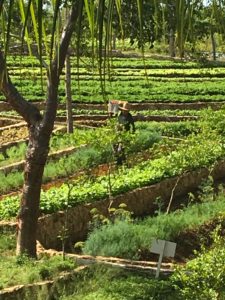
When asked how sales of Finca Marta’s products jive with socialist ones, Fernando replied thar the difference between Finca Marta’s philosophies and capitalism is “social awareness, more consciousness about nature and a balance of imports and exports that supports local enterprises and their workers.” He summed up with, “I adhere to spiritual and capitalist values, with a socialist heart.”

Few groups except academics, foundations and agricultural interests get to visit Finca Marta, so it was a great honor and pleasure for my group to spend four hours with Fernando, learning about Finca Marta and being treated to a fabulous farm-to-table lunch prepared by his partner and wonderful chef, Claudia.
